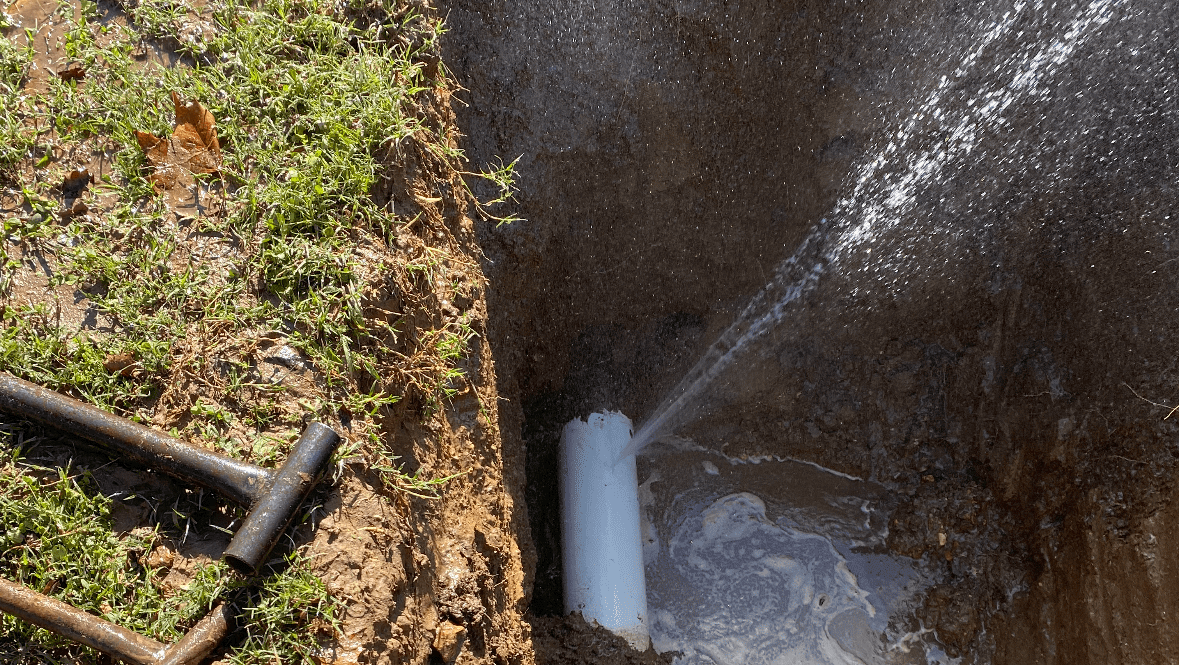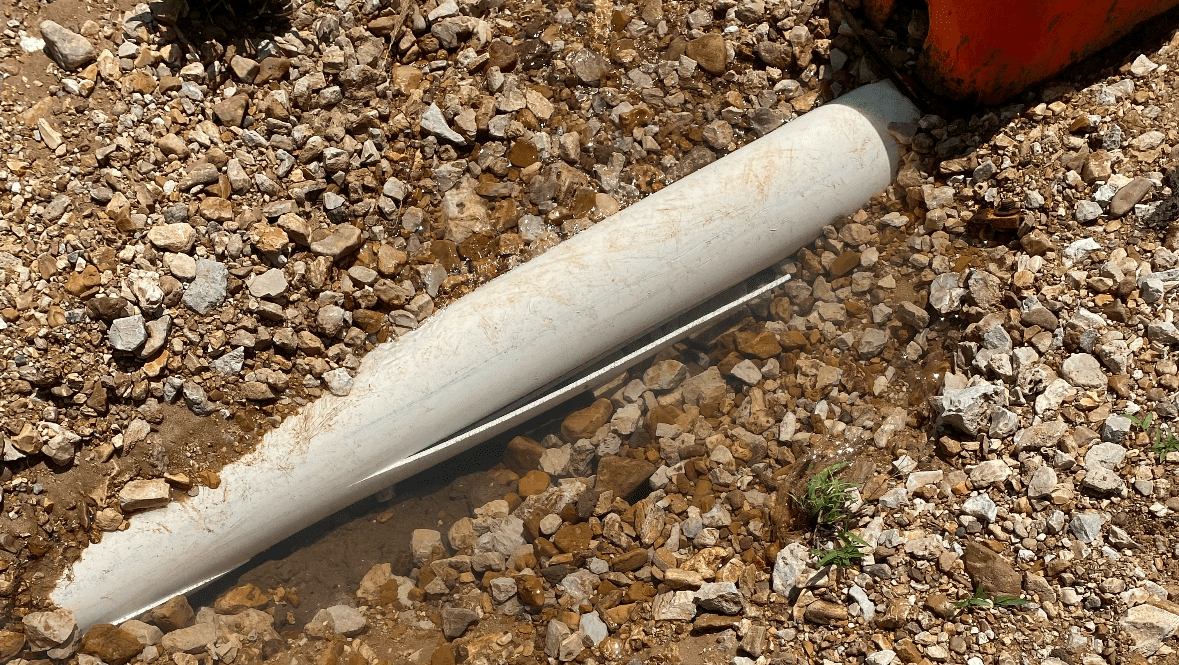When Leona Stephens thinks back on the past year, one sound stands out more than any other: the crack of another water main giving way. Deer Run buys its water from the nearby City of Van Buren, but the pressure coming into the system was so high that it was tearing through the subdivision’s aging six-inch lines. The force didn’t just break pipes — it damaged customer water heaters and caused toilets and faucets across the neighborhood to fail.
“It was causing problems across the board,” said Leona Stephens, Deer Run Reorganized Common Sewer District.
For Deer Run — a small water provider tucked in the rural hills of Carter County in southeast Missouri — the situation was worsening by the week. With just 226 water connections and limited revenue, the system didn’t have the money to fix the problem alone.
Stephens recalled the point when it became clear the district couldn’t wait any longer.
“It was a do-or-die situation. We either fixed the pressure problem, or we were looking at giving the system back to the county.”
— Leona Stephens
A Regional Partnership Steps In
Before the district ever connected with the Lending Team at Communities Unlimited (CU), they sought help from their regional technical assistance partner, the Midwest Assistance Program (MAP), which provides water and wastewater consulting services in the Midwest. MAP is part of the national Rural Community Assistance Partnership (RCAP) network, with CU serving as the southern region partner.
MAP saw the urgency — and the financial barrier — and referred Deer Run to CU. Unlike MAP, CU is a Community Development Financial Institution (CDFI) and can provide loans to rural water and wastewater systems across the United States.
For Stephens and the board, that referral changed everything.

A Pressure-Reducing Valve — and a Lifeline
Because the City of Van Buren must keep its pressure high to serve other customers, Deer Run realized the only viable solution was installing a pressure-reducing station at the point where city water enters their system.
“We knew we had to get the pressure down somehow,” she said. “The city said they had to keep the pressure where it was. That left us with one option: install a pressure-reducing valve.”

The problem was cost. The valve and installation would total more money the district didn’t have.
Through CU, Deer Run secured a loan at 3% interest, made possible by a limited-time offer through the U.S. Economic Development Administration’s Revolving Loan Fund (RLF). The system contributed the remaining 25% from its own funds.
Stephens said working with CU made an overwhelming situation manageable.
"Everything was very easy, which I really appreciate. I manage two water districts, run several companies, and wear many different hats. The fact that this process wasn’t long and drawn out was a blessing. CU was easy to work with and understood that a small rural system may not have all the polished documents a big corporation would. Our financials are literally an Excel sheet I put together — and that was okay."
— Leona Stephens
The district has already received its contract and plans to order the pressure-reducing equipment immediately. Once it arrives, their operator will begin installation.
Protecting Homes, Stabilizing the System
With a median household income of just over $20,000 and nearly half of households living below the poverty line, Deer Run’s customers cannot afford constant system failures. High pressure wasn’t just a technical issue — it was a financial threat to families and to the utility itself.
Stephens knows the loan won’t erase every challenge, but it buys the district something invaluable: stability.
“We raised rates a while back, so money is improving, but not fast enough — especially with mains breaking almost every week. CU’s support came just in time.”
— Leona Stephens
A Turning Point for Deer Run
Once installed, the pressure-reducing valve will help protect Deer Run’s aging infrastructure, reduce emergency repair costs, and prevent damage to customer homes. It also gives the district breathing room to continue rebuilding from years of deferred maintenance — a process set in motion when Deer Run regionalized its wastewater system with the City of Van Buren in 2022, closing a 50-year-old unpermitted lagoon and connecting to the city’s treatment plant.
For Stephens, this latest step is another move toward stability for a community that has had to fight for every improvement.
“We’re hoping we don’t have to keep the money that long,” she said of the loan, “but the low interest and manageable payments make a big difference.”
And for a rural Missouri system that was on the brink, that difference is everything.

